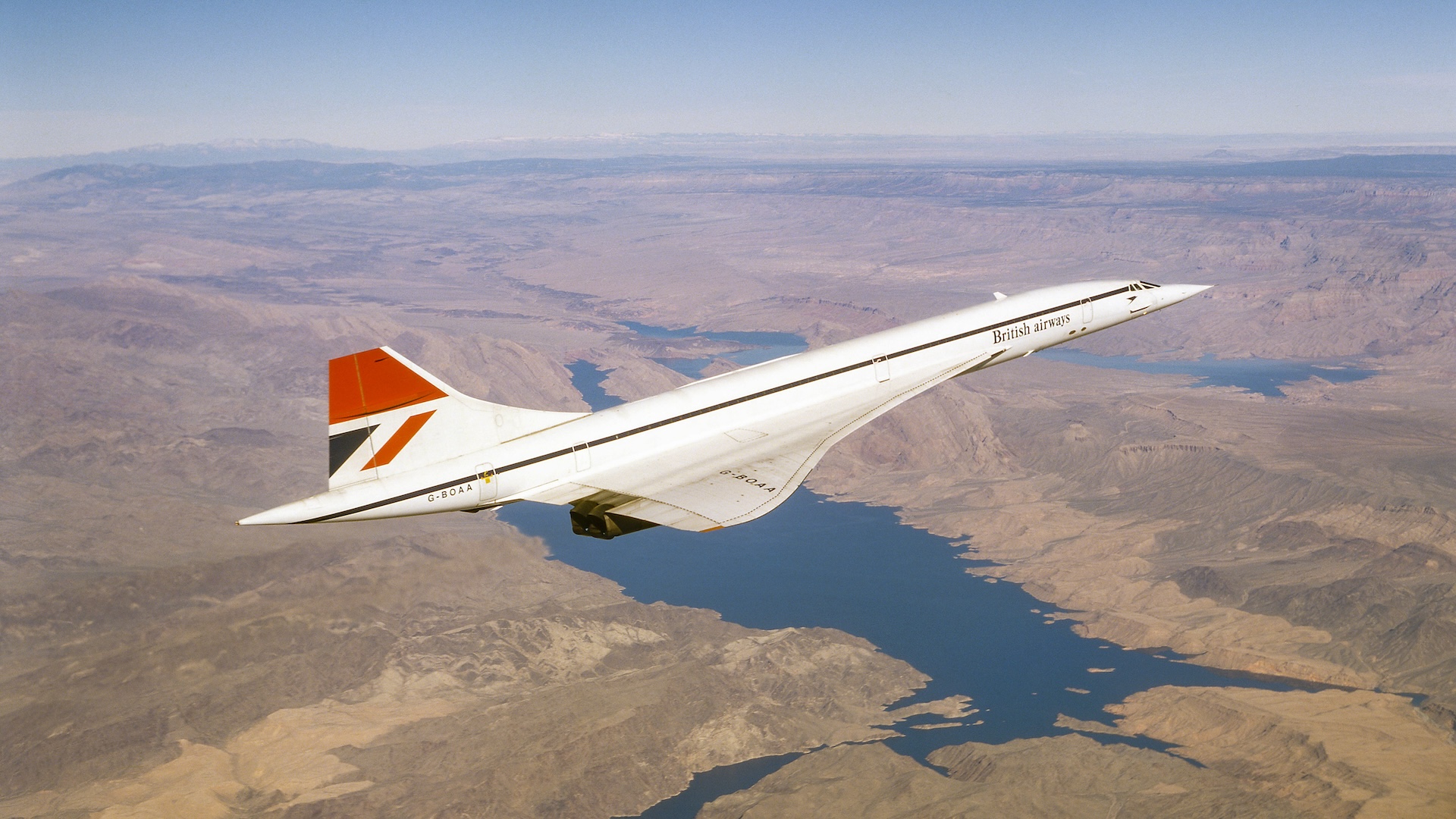Sustainability, Vol. 15, Pages 13220: Design Study for the Construction of Turbo Roundabouts under Constrained Site Conditions
Sustainability doi: 10.3390/su151713220
Authors: Alicja Sołowczuk Stanisław Majer
Turbo-roundabouts are one of the most frequently recommended road junction design options when it comes to increasing traffic capacity and traffic safety. This is in particular true of suburban areas, with dominant traffic flow on the main road and moderate traffic flow on the side road. Other intersections handling local traffic and considerably constricting the availability of space are usually located in the vicinity of such intersections. Another factor contributing to the limited availability of land for construction in these locations is the presence of surrounding residential housing. Then, choosing the suitable turbo-roundabout type becomes the main issue. The article presents a case study for the selection of a type of turbo roundabout under the conditions of considerably constricted land availability based on the analysis of the provision of a swept path for the chosen design vehicles. The article considers the standard egg-type turbo-roundabouts, “look-a-like” type turbo-roundabouts, non-standard “flattened” turbo-roundabouts and ellipse-based roundabouts, with non-standard geometries of the truck apron and central island. For each of the analysed roundabout types, setting-out methods were described in detail, allowing the designer to quickly select a type of roundabout suitable for the specific constrained site conditions. This article analyses the applicability of non-standard turbo roundabouts for three area types: LUDA low urbanisation degree area, BA built-up area and CDA highly commercially developed area along the side road, wherever standard roundabouts are not practicable due to constraints imposed by existing buildings, canals or any other obstacles found at the project site.

 1 year ago
30
1 year ago
30

